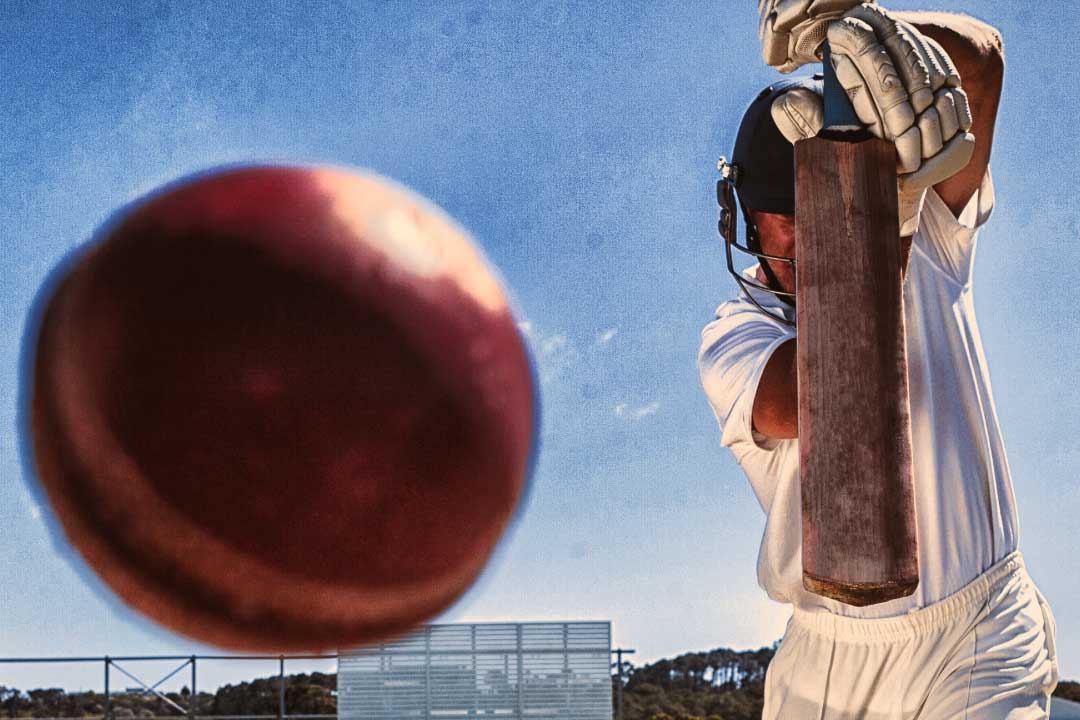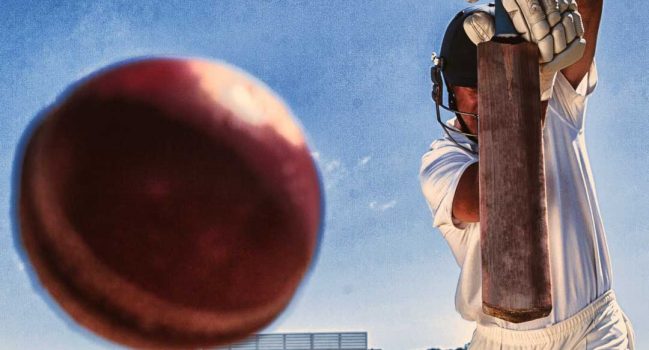
You may have seen the earlier blog post we shared talking about eye protection when doing DIY projects around the home. In this one, we look at other ways you may acquire an eye injury, and what you can do to minimise your risk, or work towards preventing eye injuries in the first place.
Thanks to our head office team for putting together this article.
One of the most unusual consequences of the Covid-19 lockdowns of the past two years was a decrease in work-related eye injuries and an increase in DIY, at-home injuries.
In fact, 21% of Australians have acquired an eye injury while working on DIY projects at home during the pandemic, probably because only 12% of Australians wear eye protection for these projects.
Eye injuries can happen anytime, anywhere. At work or while cleaning at home or playing sports. The fact is, 90% of eye injuries are preventable with the use of appropriate safety eyewear.
At home
There are many eye injury hazards working around the home, particularly in the garden. Consider all the small particles that can enter your eye in the garden, not to mention chemical burns that could splash into your eye while working in the garage or on the car.
It is important to wear protective eyewear, not simply standard eyewear. Eye injuries can be worse while wearing regular spectacles because the lens can shatter, and glass fragments could potentially penetrate the eye.
When at home, we often don’t think to protect our eyes when pulling weeds or cutting off a branch. But consider the implications of a stray branch poking into your eye. The damage could cause permanent vision damage and a high level of personal trauma.
People over the age of 40, in particular, are at increased risk of eye injuries because they usually have presbyopia or other age-related vision problems.
Every single day, throughout the world, people suffer from eye injuries simply because they aren’t wearing eye safety glasses, or they aren’t wearing the appropriate type.
At work
It can take a single moment for a workplace injury to occur and, equally, a single moment is all it takes to prevent harm by putting on protective eyewear.
In Australia, 60% of all eye injuries occur in the workplace. Advances in eye protection design as well as improved work health and safety regulations have helped reduce work-related eye injuries. But, with more than 50,000 Australian workers admitted to hospital in the space of two years, it is obvious that we have a long way to go.
In sport
A fast bowler in cricket can deliver the ball at 41.6 metres per second. It is hard to overestimate the ocular trauma that could occur to the human eye if hit with a cricket ball. Cricket balls, however, aren’t the only hazard.
Playing sport, many eye injuries come from pokes and jabs by fingers and elbows, particularly in games where players are in close contact with each other. Think rugby scrums, mauls for example, they have an extremely high rate of eye injury.
The numbers really hit home when we think about the impact on our young athletes. Because they haven’t learnt to refine their skills or master the ability to play safely, young children are more prone to greater incidents of eye trauma than older players.
One doctor from the Princess Margaret Hospital for Children in Perth reported that while severe eye injuries from sporting activities account for only 10% of severe ocular trauma in children, 27% of those injuries resulted in permanent visual disability.
It is surprising that protective eyewear is mandatory in some professional sports such as cricket for batsmen or close in fielders, but not for kids’ sports.
Contact lenses
Although contact lenses don’t provide protection from eye injuries, if you wear them under your eye safety equipment, they will improve your vision and may actually decrease your risk of eye injury.
In workplace situations, the safe use of contact lenses should be determined on a case-by-case basis. If, for example, you are working in a dusty environment or working with gases or harmful liquids, the wearing of contact lenses will probably need to be reconsidered.
The best move is to check with your employer’s safety policy. If you have further questions, speak with your Eyecare Plus optometrist about your individual situation.
Treating eye injury
If your eye is injured at home, at a sporting event or at work, immediately seek medical help, especially if you have pain in the eye, blurred vision, or loss of vision. Often, injuries that seem trivial can lead to serious eye damage.
Contact us if you have further questions about the use of protective eyewear at home, work or when playing sport.
Ready to book an appointment?
Online bookings available or call us on (07) 3463 0349.
This website does not provide medical advice. It is intended for informational purposes only. It is not a substitute for professional medical advice, diagnosis or treatment. Never ignore professional medical advice in seeking treatment. If you think you may have a medical emergency, immediately dial Triple 0 (000).

